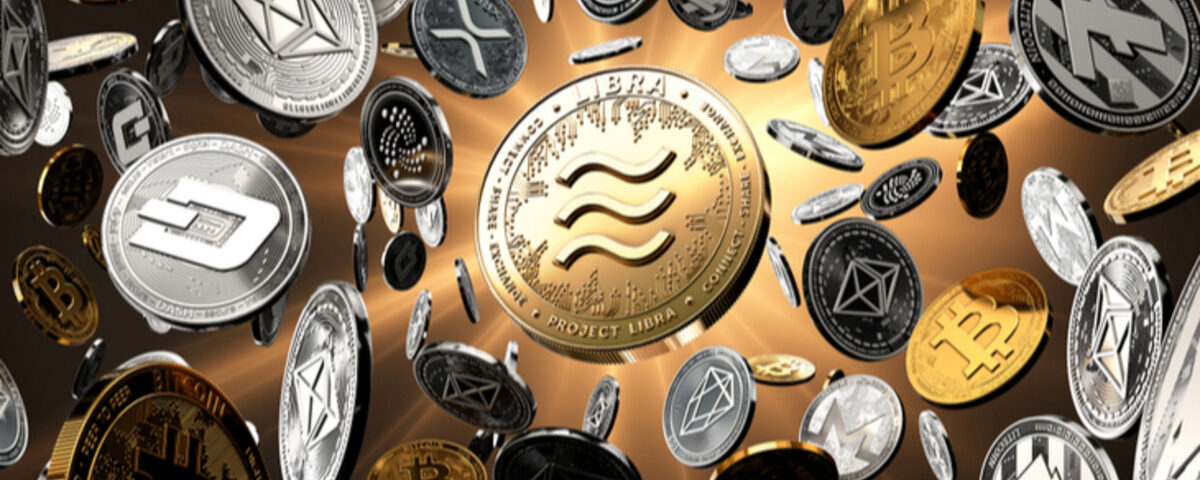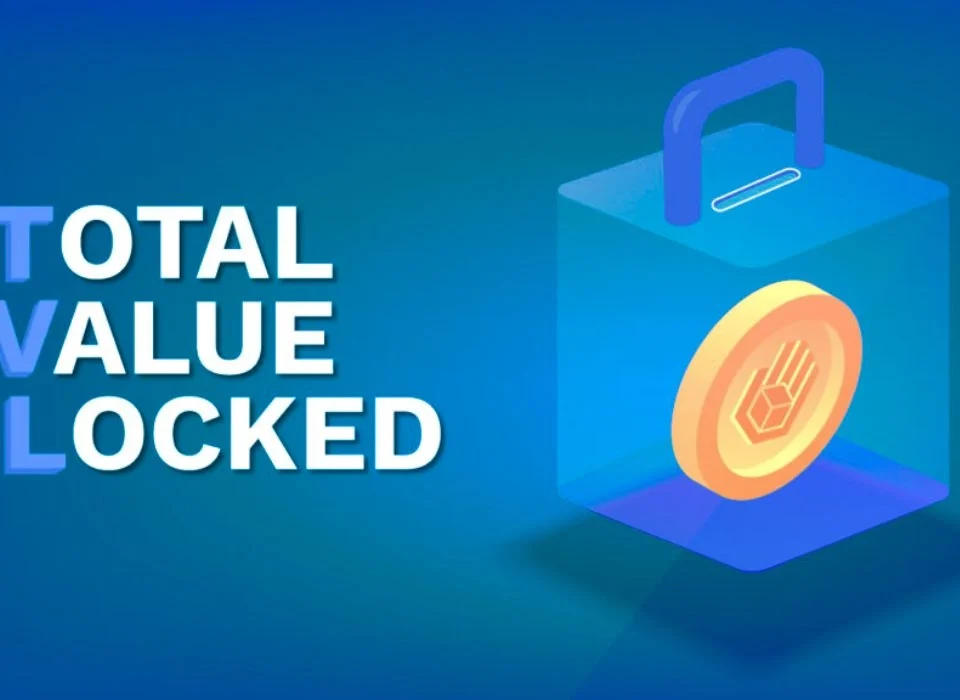
How to Participate in an Initial Coin Offering (ICO): A Comprehensive Guide
15/07/2024
The Basics of Cryptocurrency Taxation
15/07/2024What Are Altcoins and How Do They Differ from Bitcoin?
The term “Altcoin” stands for “alternative coin” and encompasses all cryptocurrencies other than Bitcoin. Since Bitcoin’s launch in 2009, thousands of altcoins have been developed to address perceived limitations of Bitcoin and to explore new possibilities for blockchain technology. This comprehensive guide will delve into the world of altcoins, how they differ from Bitcoin, and their significance in the cryptocurrency ecosystem.

Understanding Altcoins
Definition of Altcoins
Altcoins are all cryptocurrencies other than Bitcoin. They are developed as alternatives to Bitcoin, often with modifications and improvements to the Bitcoin protocol. Some altcoins serve as digital currencies similar to Bitcoin, while others offer additional functionalities such as smart contracts and decentralized applications (dApps).
History of Altcoins
The first altcoin, Namecoin, was introduced in April 2011. Since then, the number of altcoins has grown exponentially. As of 2024, there are over 9,000 different cryptocurrencies, each with unique features and use cases.
Categories of Altcoins
Altcoins can be categorized based on their functionalities and the problems they aim to solve. Here are some common types of altcoins:
1. Mining-Based Coins
These altcoins are similar to Bitcoin in that they use a Proof-of-Work (PoW) consensus mechanism to validate transactions and secure the network. Examples include Litecoin (LTC) and Monero (XMR).
2. Stablecoins
Stablecoins are designed to minimize price volatility by pegging their value to a stable asset, such as fiat currency or precious metals. Examples include Tether (USDT), USD Coin (USDC), and Binance USD (BUSD).
3. Security Tokens
Security tokens represent ownership in a real-world asset, such as equity in a company or real estate. They are subject to federal securities regulations. Examples include Polymath (POLY) and tZERO (TZROP).
4. Utility Tokens
Utility tokens provide access to a product or service within a blockchain ecosystem. They are not intended as investments but rather as a means to access certain functionalities. Examples include Ethereum (ETH) and Binance Coin (BNB).
5. Meme Coins
Meme coins are cryptocurrencies inspired by internet memes and jokes. They often gain popularity due to social media hype rather than intrinsic value. Examples include Dogecoin (DOGE) and Shiba Inu (SHIB).
6. Governance Tokens
Governance tokens give holders the right to vote on changes and improvements to a blockchain project. They are crucial in decentralized autonomous organizations (DAOs). Examples include Uniswap (UNI) and Maker (MKR).
How Altcoins Differ from Bitcoin
1. Purpose and Use Case
- Bitcoin: Primarily serves as a digital currency and a store of value. It is often referred to as “digital gold.”
- Altcoins: Serve various purposes, including transaction processing, smart contracts, decentralized applications, privacy enhancements, and more.
2. Technology and Features
- Bitcoin: Uses the PoW consensus mechanism, with a fixed supply of 21 million coins.
- Altcoins: Utilize diverse technologies and features. For instance, Ethereum uses Proof of Stake (PoS) and supports smart contracts, while Monero focuses on privacy and anonymity.
3. Transaction Speed and Scalability
- Bitcoin: Has a block time of 10 minutes, leading to slower transaction times.
- Altcoins: Many altcoins offer faster transaction speeds and improved scalability. Litecoin, for example, has a block time of 2.5 minutes.
4. Community and Ecosystem
- Bitcoin: Has a large and active community focused on maintaining its status as a decentralized and secure digital currency.
- Altcoins: Vary widely in community size and focus. Some altcoins, like Ethereum, have robust developer communities building dApps and smart contracts.
Popular Altcoins and Their Unique Features
1. Ethereum (ETH)
- Purpose: Smart contracts and dApps platform.
- Consensus Mechanism: Transitioning from PoW to PoS with Ethereum 2.0.
- Unique Feature: Ethereum Virtual Machine (EVM) allows developers to build and deploy smart contracts.
2. Ripple (XRP)
- Purpose: Facilitates real-time, cross-border payment settlements.
- Consensus Mechanism: Uses a unique consensus algorithm known as the Ripple Protocol Consensus Algorithm (RPCA).
- Unique Feature: Focuses on partnerships with financial institutions to streamline international payments.
3. Litecoin (LTC)
- Purpose: Digital currency aimed at faster transactions and lower fees compared to Bitcoin.
- Consensus Mechanism: PoW with a block time of 2.5 minutes.
- Unique Feature: Implements Segregated Witness (SegWit) and the Lightning Network for scalability.
4. Cardano (ADA)
- Purpose: Platform for developing decentralized applications and smart contracts.
- Consensus Mechanism: PoS with the Ouroboros protocol.
- Unique Feature: Emphasizes peer-reviewed research and a layered architecture.
5. Polkadot (DOT)
- Purpose: Enables interoperability between different blockchains.
- Consensus Mechanism: Nominated Proof-of-Stake (NPoS).
- Unique Feature: Parachains allow multiple blockchains to run in parallel, enhancing scalability and interoperability.
How to Buy and Store Altcoins
Buying Altcoins
- Choose a Cryptocurrency Exchange: Popular exchanges include Binance, Coinbase, Kraken, and Bitfinex.
- Register and Verify Your Account: Complete the registration process and verify your identity.
- Deposit Funds: Deposit fiat currency or other cryptocurrencies into your exchange account.
- Buy Altcoins: Navigate to the trading pair you want (e.g., ETH/USD) and place your order.
Storing Altcoins
- Software Wallets: Wallets like MetaMask, Trust Wallet, and Exodus are convenient for daily use.
- Hardware Wallets: Devices like Ledger Nano S and Trezor provide enhanced security for long-term storage.
- Paper Wallets: A physical printout of your private keys, stored securely offline.
Risks and Considerations
Volatility
Altcoins are highly volatile and can experience significant price swings. It’s essential to be prepared for this volatility when investing.
Regulatory Risks
The regulatory environment for cryptocurrencies is still evolving. Changes in regulations can impact the value and legality of altcoins.
Security Risks
Ensure you use secure wallets and exchanges to protect your investments from hacks and scams.
Market Liquidity
Some altcoins may have low liquidity, making it challenging to buy or sell large quantities without affecting the price.
Future of Altcoins
Innovations and Developments
The altcoin market continues to evolve, with ongoing innovations in blockchain technology, DeFi, NFTs, and more. These developments are likely to drive further growth and adoption of altcoins.
Regulatory Clarity
As governments and regulatory bodies provide clearer guidelines for cryptocurrencies, the market could see increased stability and mainstream adoption.
Integration with Traditional Finance
Altcoins have the potential to integrate with traditional financial systems, offering new financial products and services that leverage blockchain technology.
Conclusion
Altcoins represent a diverse and dynamic segment of the cryptocurrency market. They offer unique features and functionalities that differentiate them from Bitcoin, catering to various use cases and addressing specific challenges. While they present exciting investment opportunities, it’s crucial to conduct thorough research, understand the risks, and stay informed about the evolving regulatory landscape. Whether you’re a seasoned investor or a newcomer to the crypto space, understanding altcoins and their potential can help you make informed decisions and capitalize on the opportunities they present.



